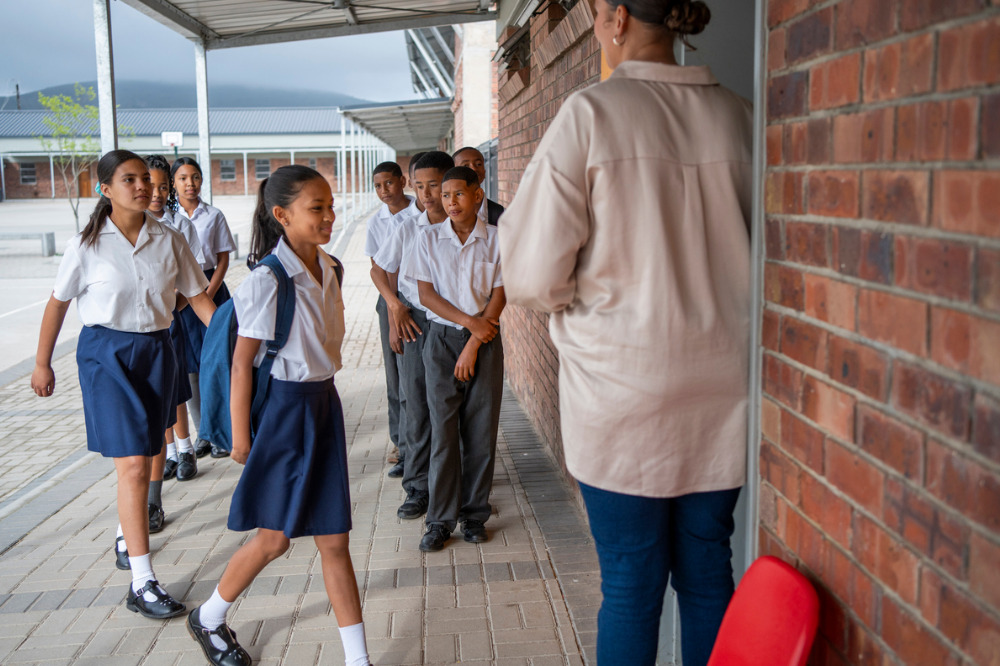
Student attendance levels are up from last year, but in some of Australia’s poorest schools, at least half of students missed a month of school this year, the latest NAPLAN data shows.
Overall, students’ attendance rate was 88.6% in 2023, up from 86.5% in 2022. However, four out of 10 disadvantaged students skipped at least a month of school this year.
With pre-pandemic attendance levels around 73%, the data suggests there is a long way to go before the high rates of student disengagement and school refusal are reversed.
Highlighting this issue, Federal Education Minister Jason Clare said students from low-SES backgrounds are being “segregated’’ into low-performing schools and proposed paying highly qualified teachers more money to teach in those schools.
Last week, a major review by the independent expert panel urged Australia's education ministers to provide stronger support for students from disadvantaged backgrounds.
“This report says that we've got one of the most segregated school systems in the world. Not by the colour of your skin but by the size of your parents' pay packet,” Federal Education Minister Jason Clare told ABC Newcastle Radio.
“If you're a child from a poor family surrounded by a lot of poor kids at school and you fall behind it's harder to catch up. That's what the evidence shows.”
Children's education charity, The Smith Family, said more work needs to be done if student attendance levels are to return to their peak of 92.7% recorded in 2014.
“We know that attendance is vital for achievement, but while students facing adversity are just as eager as their peers to learn at school, sometimes their circumstances mean they’re not always able to,” Doug Taylor, CEO of The Smith Family, said.
“A focus on additional support for children experiencing disadvantage is key to helping them overcome the educational barriers they face with their education, and lifting these overall figures.”
Taylor said the first step in addressing this issue is “changing the conversation, focusing on the underlying issues that make it hard for children to attend school, rather than treating absenteeism as the problem itself”.
The recent summary report to inform the next National School Reform Agreement (NSRA) outlined a number of measures that can help address educational inequality.
“It’s really important that there is extra targeted educational support for students who fall behind at school,” Taylor added.
“A focus on literacy, numeracy, and digital skills, investment in evidence-informed initiatives, and ensuring that all public schools are fully funded, which would also help disadvantaged schools to attract and retain the best teachers, is what we are keen to see in the new Agreement.”


